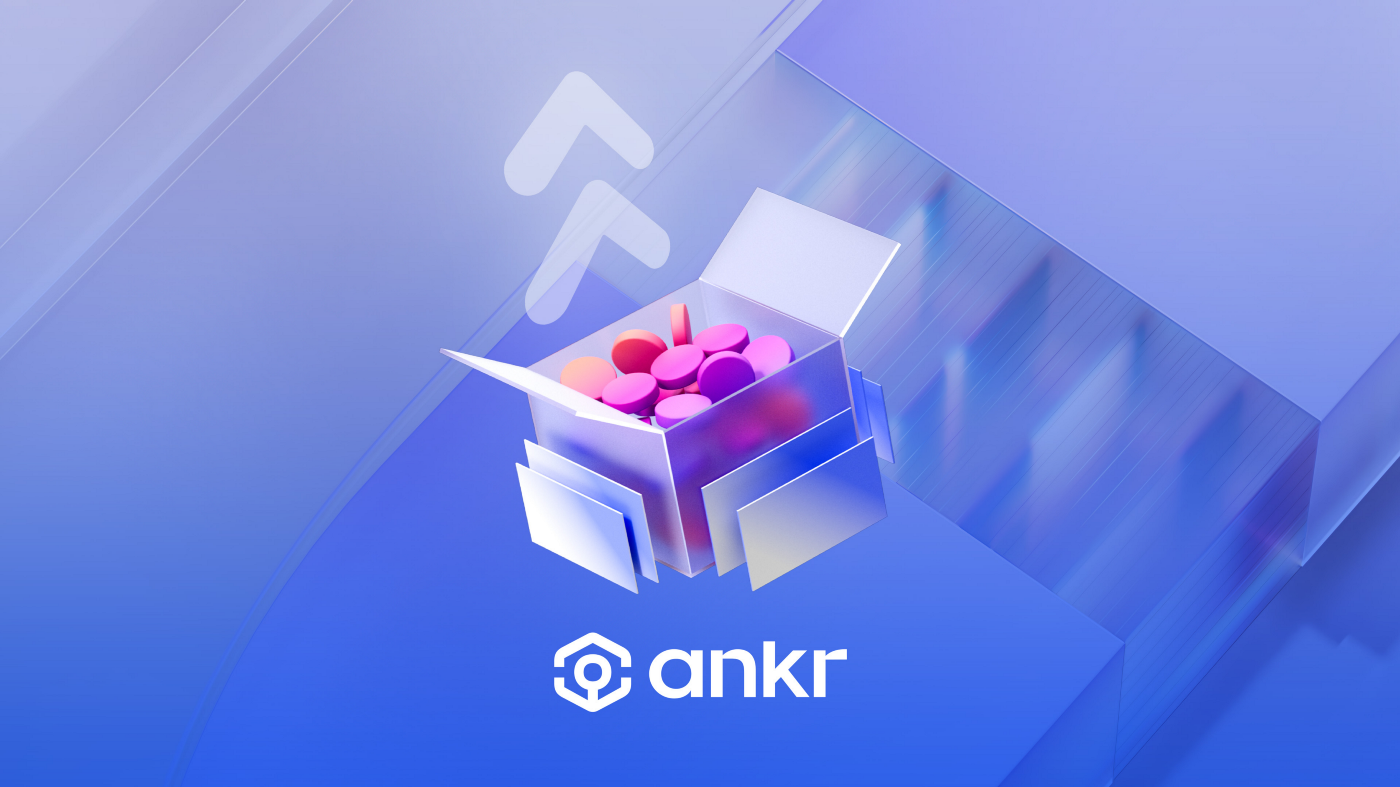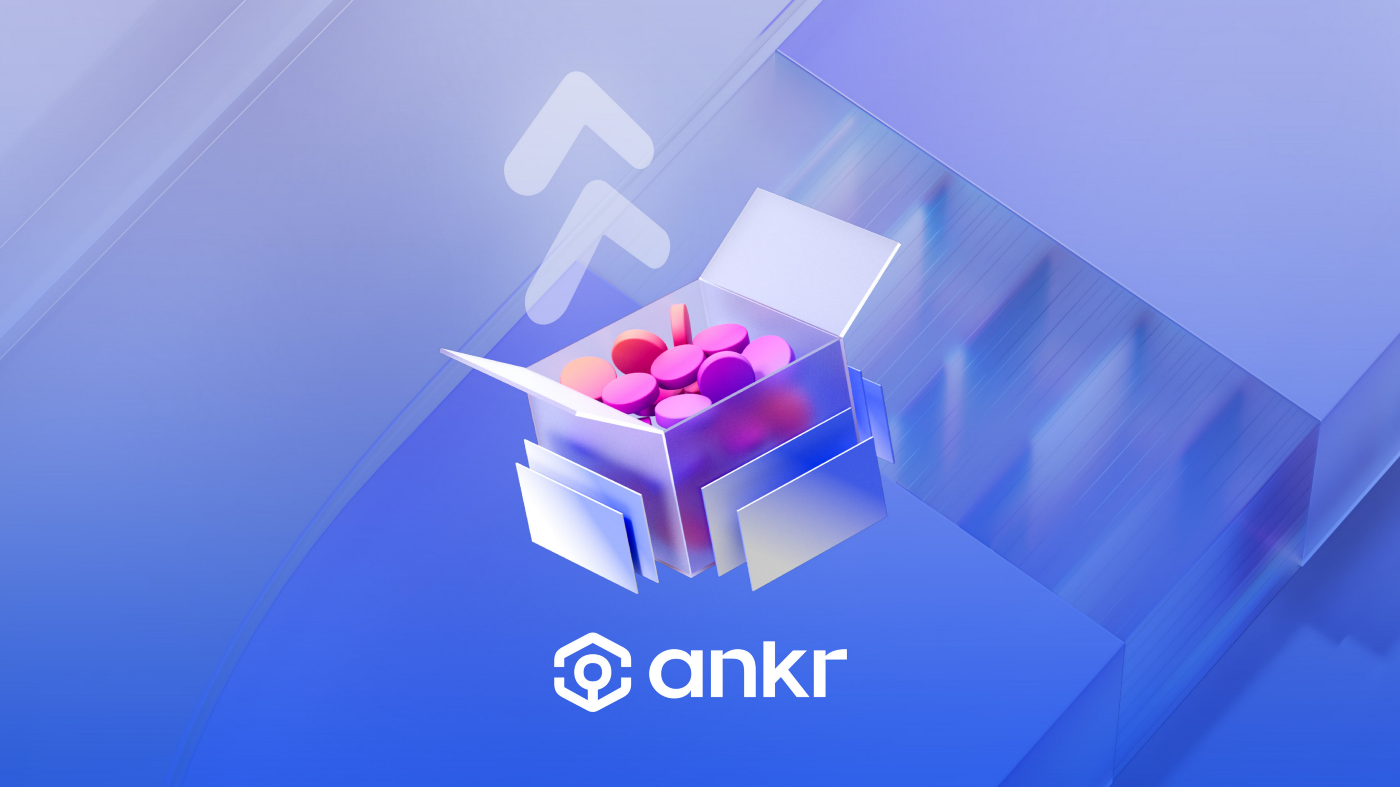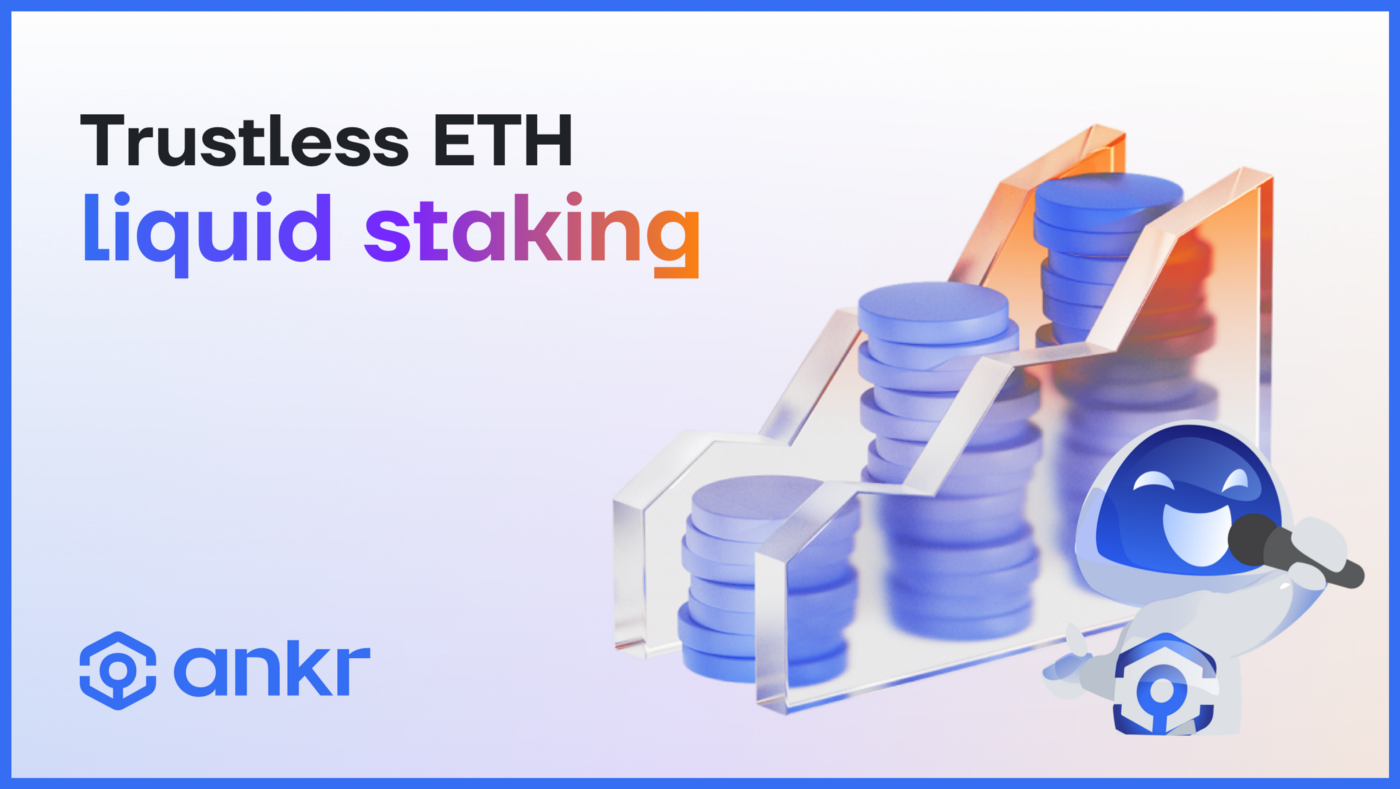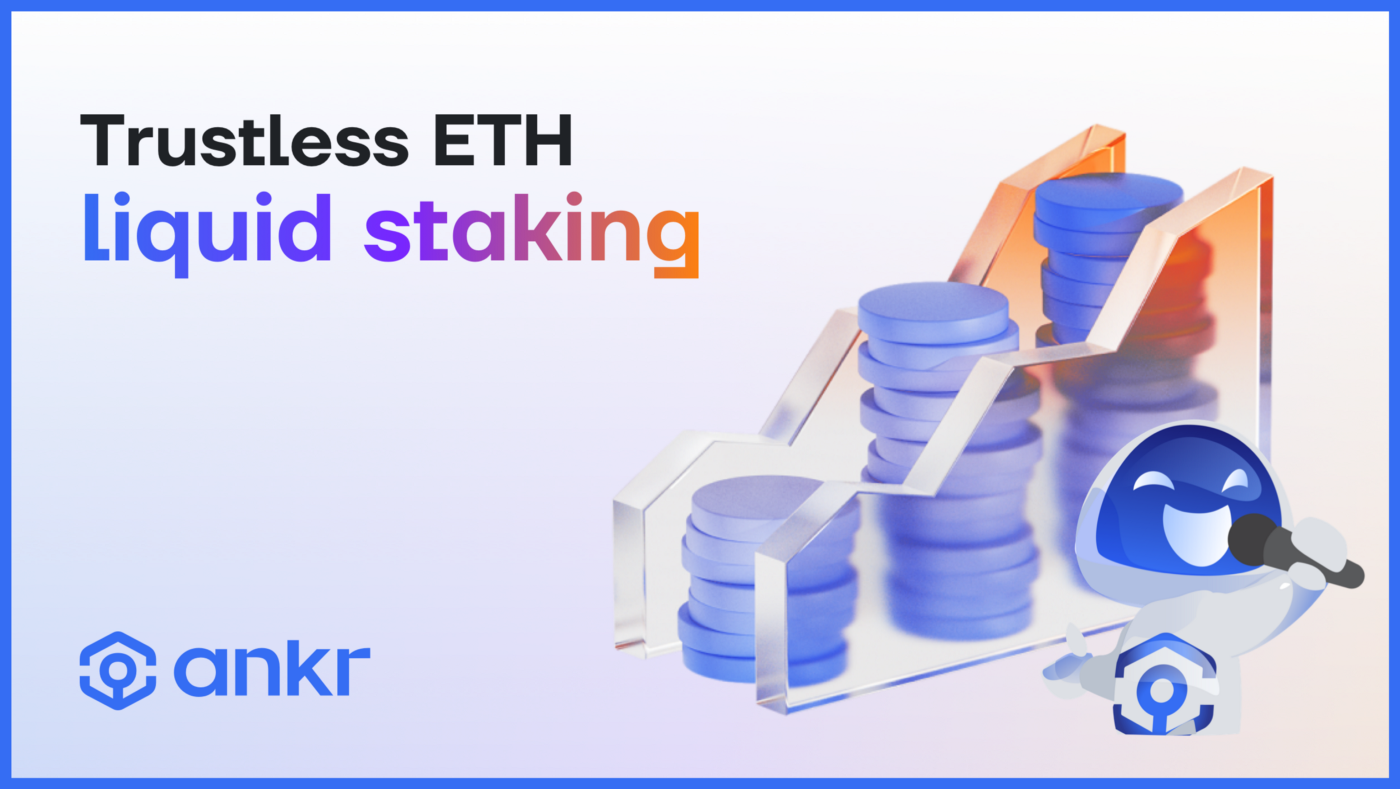Restaking: The Future of Liquid Staking

Diogo Costa
September 15, 2023
7 min read
Liquid staking has been a raging utility in the blockchain sphere for quite some time now, and rightfully so. Users are flocking to liquid staking services due to the benefits they offer over traditional Proof-of-Stake (PoS) staking. They overcome the illiquidity associated with staking assets to secure PoS networks, making it possible to tap into the staked value and accrue additional yields in the true DeFi sense. Essentially, users get handed liquid staking tokens (LSTs) that reflect the same value as the staked assets, enabling them to grow their returns by holding them or moving them to other dApps to farm greater rewards.
Nevertheless, liquid staking, despite the advantages offered, still presents obstacles to PoS networks like Ethereum, against which the network’s proponents are voicing their concerns. A major one is the centralization of the network. Since users are turning to massively popular staking services, staked ETH is being concentrated among a few liquid staking players, giving them increasing sway over Ethereum’s consensus mechanisms. Moreover, entrusting ETH with third-party liquid staking providers introduces additional risks in the form of smart contract vulnerabilities. Bugs in liquid staking contracts can let hackers exploit them and walk away with users’ value.
Restaking, a novel primitive in the staking landscape, is shaping up to be the solution to liquid staking’s challenges, bringing increased decentralization and security to the ecosystem while users earn greater staking returns.
What is Restaking?
Restaking is an innovative version of staking on Ethereum, where stakers use the same collateral staked towards securing the blockchain to secure other applications simultaneously. Basically, the resources needed to validate Ethereum transactions can now be harnessed to validate transactions on other implementations like dApps, oracles, layer-2 sidechains, and more, called AVSs (Actively Validated Services). The innovation removes the need for AVSs to build and operate their own security infrastructure and, instead, rely on Ethereum’s well-established security resources. This mechanism would not exist without EigenLayer, the cutting-edge protocol that introduced the restaking mechanism.
EigenLayer – Revolutionizing Ethereum Staking with Restaking
EigenLayer allows ETH, and more recently ETH-based LSTs, to be restaked through its layer, operated by on-chain, decentralized smart contracts. Staking ETH this way hands the withdrawal rights of the staked assets to EigenLayer, making it possible to enforce additional slashing procedures on top of Ethereum’s slashing mechanism. EigenLayer’s opt-in slashing feature enables AVSs to enforce validation rules to protect their networks from validators behaving dishonestly during transaction consensus or harming them in any way. Ergo, EigenLayer enables top-tier security for AVSs depending on Ethereum stakers opting into its restaking mechanism while providing monetary benefits to staking participants. The restaking protocol elevates the Ethereum network’s security to meet the needs of AVSs while increasing its decentralization.
How Restaking Benefits the Staking Ecosystem
Staking participants such as delegators and validators staking on Ethereum over the restaking layer can gain rewards from the Ethereum blockchain and the AVSs secured via restaking. Moreover, the restaking mechanism routes the staking returns back into validator staking pools, increasing the stake size of participants and consequently compounding their staking rewards. At the same time, reintroducing rewards into staking pools increases network security. With more amounts in validator pools, validators are inclined to act honestly and keep up Ethereum’s transaction integrity.
Another benefit of restaking is the development of validator markets. These markets will comprise ETH validators who are securing AVSs that want to tap into Ethereum’s resources. Not only do the increased restaking yields attract more validators to these markets, but they even bring more delegators looking to stake through these validators for a portion of the attractive returns. This implies growing participation in Ethereum’s consensus mechanism. Increasing validator nodes further decentralizes the network, and booming ETH stakes make it more secure.
The AVSs accessing security from ETH validators will also use Ethereum’s growing validator base, benefitting from levels of security that would not be attainable if they built their own validating systems from scratch. Additionally, the costs incurred by developing their own decentralized systems would amount to more than using validating resources available on restaking markets.
Furthermore, restaking mechanisms utilize smart contracts for their functioning. Staking on Ethereum, collecting and reintroducing rewards into staking pools, and enforcing honest behavior during validation are based on user-verifiable smart contract executions, driving up transparency, which enhances security and decentralization.
Liquid Staking and Restaking Go Hand-in-Hand.
As the restaking concept catches on with blockchain and DeFi users, growing developments combine it with the other popular staking utility – liquid staking. Users staking ETH through liquid staking services do not have to unstake their assets to indulge in restaking. Eigenlayer’s restaking mechanism lets users participate using their ETH liquid staking tokens (LSTs). Since LSTs act as receipts to users’ stakes on Ethereum through liquid staking services, they are compatible with restaking.
With that, users can help decentralize and secure the Ethereum blockchain by staking their ETH-based LSTs on EigenLayer and even other purpose-built restaking platforms like GenesisLST and InceptionLST. These platforms are constructed on EigenLayer, pushing restaking to newer possibilities by boosting liquidity.
GenesisLST
A great example of a restaking service, GenesisLST lets users be a part of staking’s latest evolution with exciting rewards generated by restaking ETH or LSTs on Ethereum and AVSs. GenesisLST enables users to restake their assets with custom options over various levels, including choosing the AVS they want to see validated and the validators securing them.
This platform also offers users the genETH liquid restaking token (LRT) on their restaked assets. The liquidity provided to users on their restaking endeavors can be utilized on DeFi protocols on Ethereum and its layer-2 chains to attract even greater rewards. It uses the LST2 Protocol to securely move genETH tokens between the two layers and enable a composable DeFi ecosystem for its users.
Validators restaking on GenesisLST must delegate their validation keys to the platform’s Ethereum node operators. From there, the platform engages with EigenLayer, redirecting the funds through the protocol’s smart contracts to access AVS validation rewards. Users wanting to hand over the hassles of operating their own Ethereum and EigenLayer nodes can turn to GenesisLST.
InceptionLST
InceptionLST is another platform innovating on top of the already avant-garde restaking process. The platform allows restaking LSTs to secure Ethereum and AVSs, unlike the former platform that lets users restake pure ETH and LSTs. Where it resembles GenesisLST, however, is the offering of additional liquidity balanced against the restaked LSTs in the form of the inETH2 LRT.
The LRT, like genETH, enables users to take their DeFi strategy past Ethereum to leading layer-2 blockchains where several interesting opportunities reside. InceptionLST, too, relies on the LST2 Protocol to bridge its inETH2 tokens securely between the two layers.
Where InceptionLST differs from GensisLST is in how validators use the platform. Unlike the latter, validators do not have to delegate their validation keys. Instead, they validate transactions on the Ethereum network with their own node setups while interacting with the EigenLayer for additional rewards. Those possessing technical knowledge of handling staking hardware and prefer indulging completely in Ethereum PoS staking can restake using InceptionLST.
Is restaking the future of liquid staking?
With rapid developments at the staking end of blockchain technology, newer implementations are acting as solutions to problems with existing ones. They do so while pushing reward generation further than before. Restaking is the next step in PoS staking’s evolution, providing increased decentralization and security at the blockchain and application levels. If that was not enough, staking participants receive greater rewards than before, motivating them to make the Ethereum blockchain more robust, where restaking developments get witnessed presently.
Projects like GenesisLST and InceptionLST are implementing the restaking mechanism developed by EigenLayer, offering users the mechanism’s benefits and more. Users restaking ETH and ETH-based LSTs on these platforms are making the most out of their assets while improving Ethereum’s security upkeep. The LRTs provided to users for their restaking efforts extend the basis of liquid staking, delivering DeFi reward generation on additional levels.
EigenLayer’s restaking paradigm lets blockchain participants improve decentralized consensus while profiting larger than before. As more platforms built over EigenLayer emerge, coupling their developments with it, DeFi is on the brink of witnessing yet another novel avenue with ground-breaking outcomes called EigenFi.
Similar articles.

Liquid staking: The DeFi upgrade

Decentralized finance (DeFi) signaled the beginning of a new era in the history of crypto assets. Unlike conventional finance, it does away with the necessity...

Trustless Liquid Staking: Removing Intermediary Risk With SSV Technology

Ethan Nelson
October 28, 2022

If you're new to DeFi, the multiple components of liquid staking might be overwhelming. As a general rule, the more openness and lack of trust,...

Liquid Staking: Understanding the Risks

Ethan Nelson
February 20, 2023

Staking has become a popular way for cryptocurrency holders to earn rewards by holding and participating in the network security of a blockchain. Ankr has...



